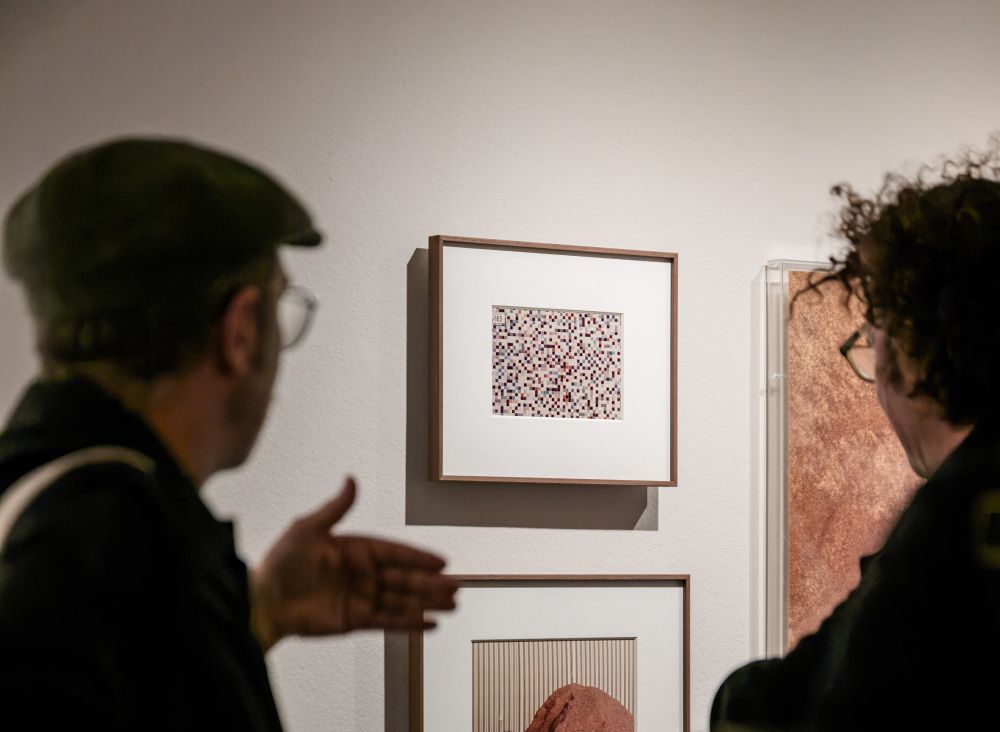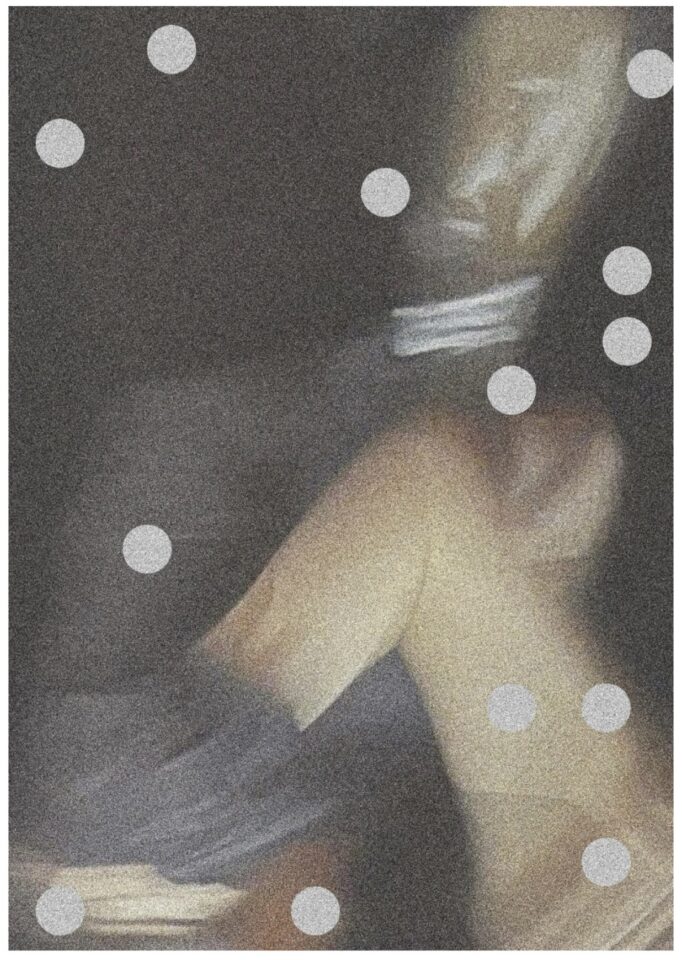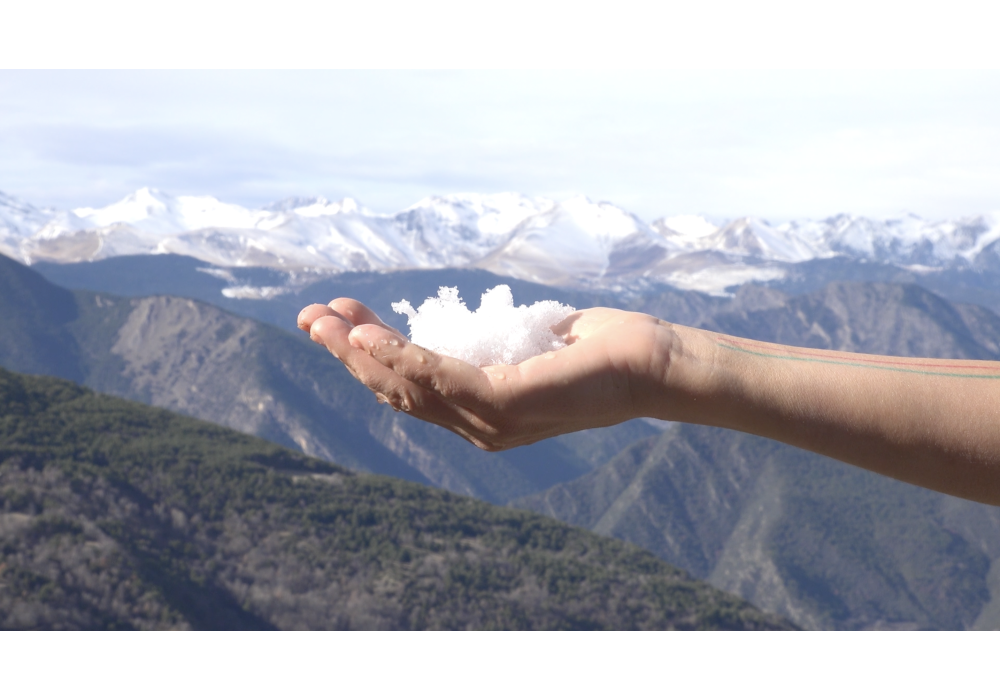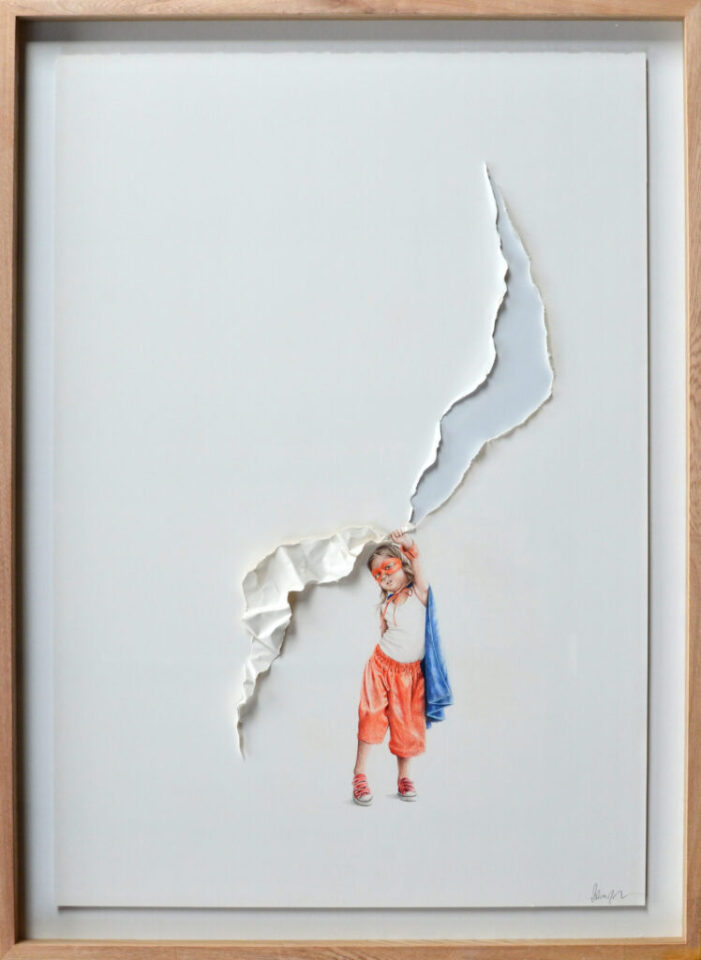Eco de Niebla. Raquel G. Ibáñez
Exhibition part of the àngels barcelona gallery’s collaboration with Sant Andreu Contemporani.
Winner of the Miquel Casablancas Visual Arts Call – Project Category 2024
Echo of Fog is an investigation into the relationship between sound phenomena, rituals, and folk meteorology. To this end, the project focuses on the study of storm conjurations or exorcisms (performed until the 19th century), the spaces designated for them, and the Tente Nube (Cloud Tent).
Folk meteorology is steeped in syncretism and a deep knowledge of the territory, linked to its observation and listening. In northern Spain (Aragon, Castile and León, and Catalonia), there are small architectural structures called esconjuraderos, conjuraderos, or comunidors. These names indicate their function: to conjure. These are locations to ward off bad weather and storms, in which various methods were used: ringing bells, saying prayers, drawing crosses in the sky, or placing an axe upward to split lightning. These buildings remained in the realm of paganism and were reinterpreted by Christianity through incantations, locations attached to church bell towers that were used to ward off evil from lightning, wind, or rain. This positions the bell as a key instrument, an intermediary between beings on earth and in the sky, a means of communication between humans and atmospheric phenomena. An example of this is the ringing of Tente Nube, the only one that contains a rhythmic prosody and whose belief holds that its sounds interrupt the rain, either through its ability to invoke divine action or through the sound waves they emit, which drive away and/or split gaseous bodies.
The formalization is planned as an installation composed of large-format printed drawings on metal that operate as sound maps of the research process, and an audio piece. The creation of the latter is based on previous field recordings of winter weather in esconjuraderos (a type of sleigh bell) in northern Spain and the recording of Tente Nube (a type of bell ringing performed in collaboration with bell-ringing groups such as the Villavante School of León), using pickup systems such as omnidirectional, binaural, and geophone microphones. The composition of this piece combines the recordings with sound processing and filtering systems, along with other instruments such as synthesizers and idiophones, to study and reinterpret the rhythmic cadences of the “detente nube” and their local variations.
Through drawing, understood as a graphic and trace in dialogue with sound, ways of sharing and expressing concerns that affect the theoretical framework are explored: how to reverse the primary objective of Tente Nube in a context of eco-social crisis? Is it possible to establish another relationship with storms? What are the sonic memories of a living territory in constant change?





